-
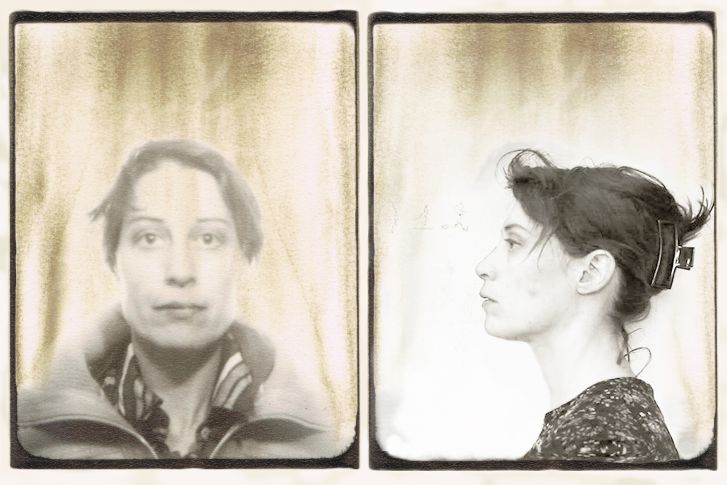
© Courtesy of the artist
-
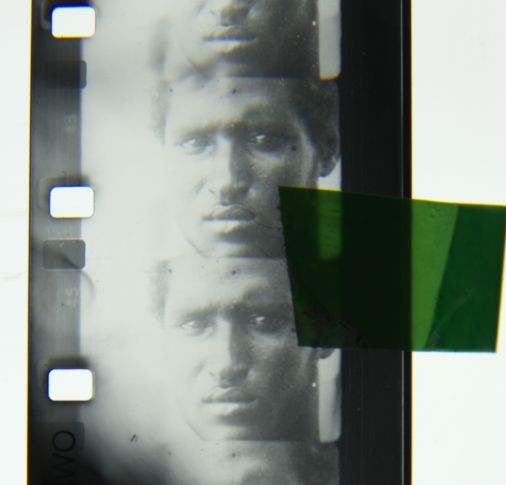
© Antje van Wichelen, "Chapter 01, Strong Looks I", 2018, Still from 16mm film with marking tape, 2953 x 2893 pixels, provenance original image: Wereldculturen.nl TM-60027140
-
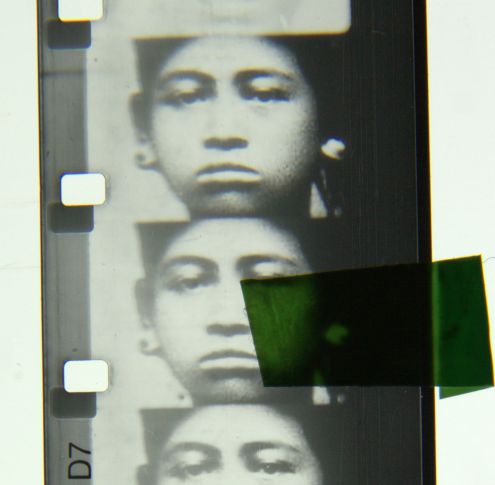
© Antje van Wichelen, "Chapter 01, Strong Looks II", 2018, Still from 16mm film with marking tape, 2953 x 2893 pixels, provenance original image: Wereldculturen.nl TM-60050059
-
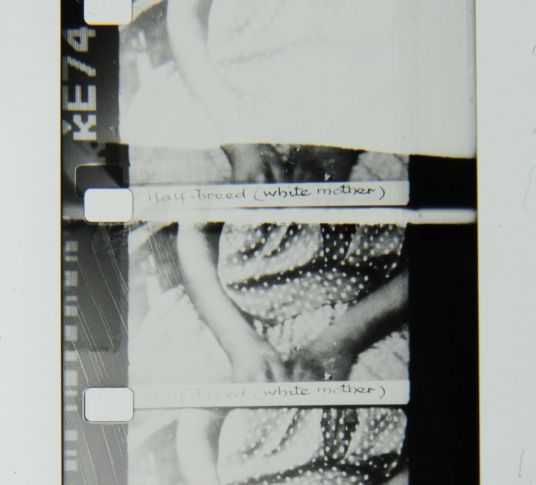
© Antje van Wichelen, Chapter03, Numbers and Comments. Explaining the Others, 2018, still from 16mm film, 2953 x 2893 pixels, provenance original image: detail of 1998.243.6.1 (Pitt Rivers Museum, University of Oxford)
The Artist
Antje van Wichelen lives and works in Brussels. In her photographic and film works she uses photographs from colonial image archives which she sorts into new categories, on the one hand, and inserts into new narratives, on the other. As she does so, the artist devotes herself to the clichés and underlying motifs of western photography collections and, in her installations, enquires how the “colonial gaze” can be thematized, reflected and disrupted. Among the questions that she pursues in her works is how the fascination and desire arose in the 19th century to measure, categorize and define the “Other”.
With the help of her method of consciously switching from the photographic medium to film, the originally frozen motifs of the archive photographs become dynamic and almost living portraits, in which the depicted persons appear to withdraw themselves from the viewer’s voyeuristic gaze. The quick succession of the lined-up photographs produces the effect that not only the shots’ underlying schemata and uniformity are revealed, but the individuality of every single personality is also made visible in particular.
I work with archives of 19th century colonial photography that tried to categorize people.
These archives tell us more about their makers than about the subjects of their study.
An archive is a handy tool to look at where we come from, evaluate where we are today and to project into the future: where do we want to stand ten, twenty years from now? In that sense, the Archive as a part of our Cultural Archive must be and stay open for permanent evaluation and discussion.
- Antje van Wichelen
The Archive
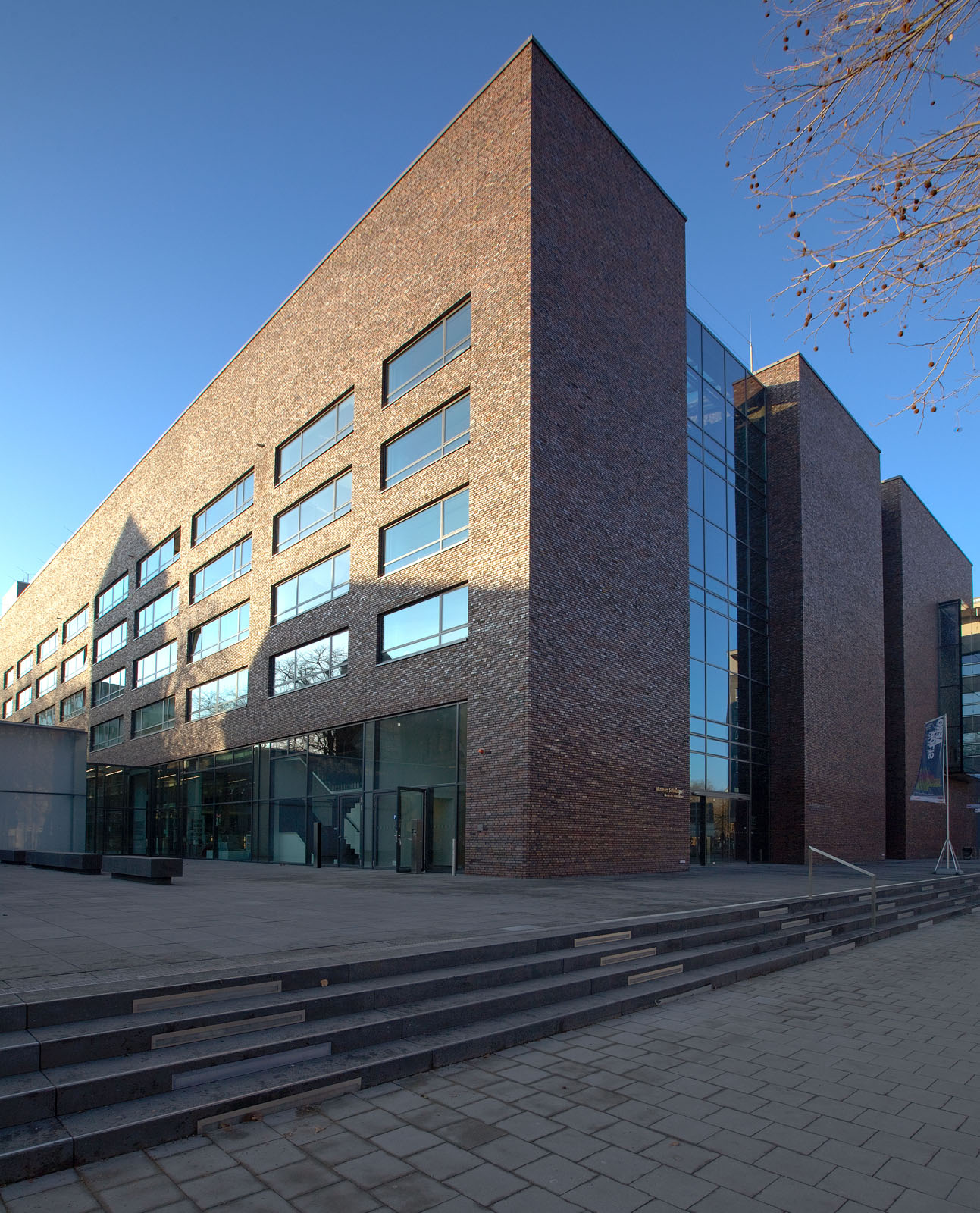
The Historical Photographic Archive at the Rautenstrauch-Joest-Museum is home to 100,000 photographic objects from the period from 1870 up to the 1960s from virtually all regions of the Earth. The invention of photography in the 19th century ran parallel to the expansion endeavours of the colonial powers, as well as, in close association with these, to the emergence of ethnology. Missionaries, colonial officials and adventurers, in particular, took photographs on their travels; photographic studios sprang up in all corners of the world.
The originators of the approx. 10,000 shots include: Henry King Professional Photographers and Studios (Sydney), Burton Brothers (New Zealand), Kerry & Co. (Sydney), Pascal Sébah (Istanbul), Zangaki (Egypt), Scowen (Sri Lanka), John William Lindt (Australia), Lambert & Co. (Singapore), Thomas Andrew (Samoa) and Lehnert & Landrock (Tunis and Cairo). The bundle from the Philippines, comprising almost 3,000 photographs from the “Bureau of Non-Christian-Tribes”, stands out in particular.
Antje van Wichelen works with photos from the colonial era. In her reappraisal of the colonial photographic archive she replaces former categories and converts the static medium of photography into film sequences. The artist thereby overcomes the classifying gaze and enables a totally new view of these images – as portraits in the area of tension between seriality and individuality. By making previously well-guarded images visible beyond their function as documents or illustrations of ethnographic discourse and including them in public debates, she is able to awaken the Historical Photo Archive at the Rautenstrauch-Joest Musem to life.
- Lucia Halder, Scientific Lecturer Historical Photo-Archive, Rautenstrauch-Joest-Museum
 The Historical Photographic Archive at the Rautenstrauch-Joest-Museum is home to 100,000 photographic objects from the period from 1870 up to the 1960s from virtually all regions of the Earth. The invention of photography in the 19th century ran parallel to the expansion endeavours of the colonial powers, as well as, in close association with these, to the emergence of ethnology. Missionaries, colonial officials and adventurers, in particular, took photographs on their travels; photographic studios sprang up in all corners of the world.
The Historical Photographic Archive at the Rautenstrauch-Joest-Museum is home to 100,000 photographic objects from the period from 1870 up to the 1960s from virtually all regions of the Earth. The invention of photography in the 19th century ran parallel to the expansion endeavours of the colonial powers, as well as, in close association with these, to the emergence of ethnology. Missionaries, colonial officials and adventurers, in particular, took photographs on their travels; photographic studios sprang up in all corners of the world.


